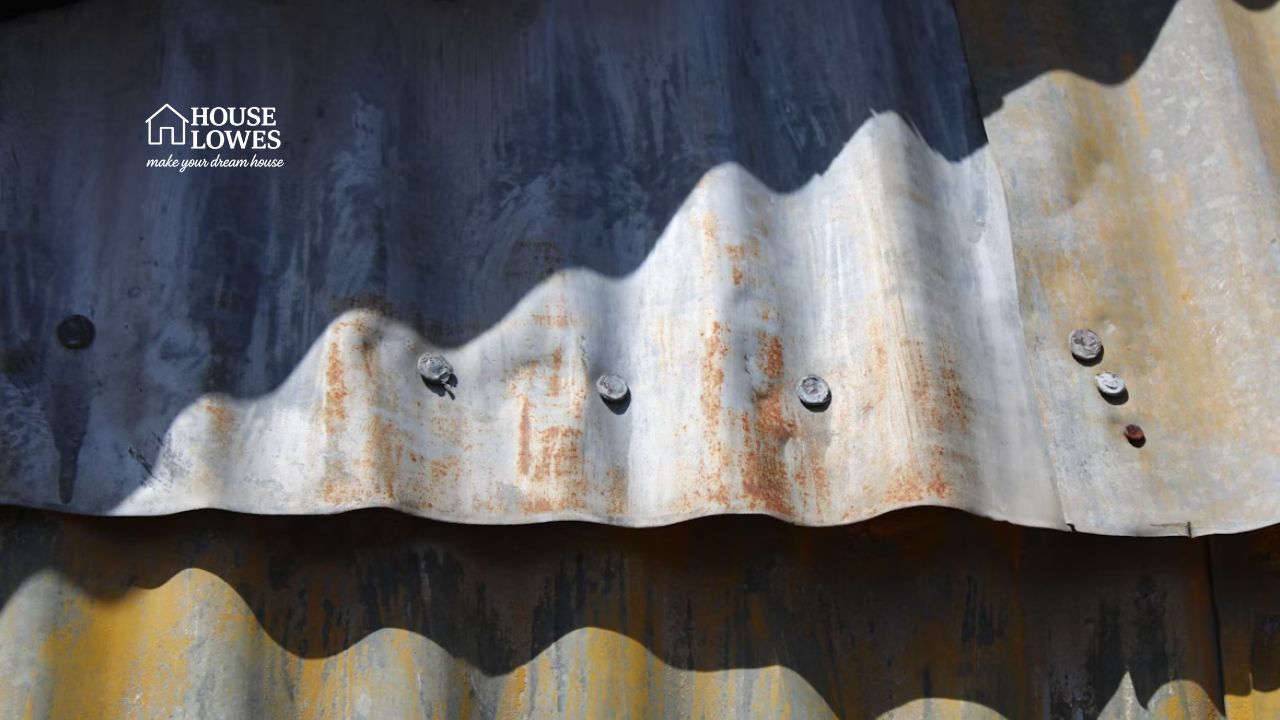A resin shed offers the modern homeowner a low-maintenance, weather-resistant storage solution—but how does it truly perform over the decades? Let’s take a detailed journey from the initial installation through year 20 and beyond, tracking what you can expect—and what to watch for—at each significant milestone. If you’re deciding on your next backyard investment, understanding the full lifecycle will help ensure lasting satisfaction.
Installation Year: The Foundation for Success
During installation, quality matters most. Resin sheds are typically quick to assemble thanks to interlocking panels and prefabricated sections. A level foundation—concrete slab or pressure-treated wood frame—prevents warping and water pooling. Initial costs may include optional upgrades like shelving, skylights, or reinforced flooring, setting you up for years of reliable use. Unlike wood, resin doesn’t require staining, painting, or treatment before you begin using it.
Years 1–5: “Set and Forget” Durability
The first five years are largely worry-free for most resin shed owners. The material’s inherent properties—UV resistance, water repellency, and resistance to rot and pests—mean you won’t be facing issues like mildew, rusty fasteners, or warped panels. Most brands promote a “maintenance-free” experience during this period, with only occasional cleaning needed to keep your shed looking new.
Typical maintenance involves spraying down dirt or leaves, checking door operation, and removing debris from the shed’s perimeter. Even with minimal attention, a properly installed resin shed should look fresh and serve as a secure protector for tools, bikes, and garden gear.
Years 6–10: Still Strong, Minimal Upkeep
As your resin shed enters its second decade, the benefits remain apparent. Unlike wood sheds
that may show signs of rot or require a new coat of paint, a resin shed continues to resist both UV damage and water intrusion. At this stage, quality construction pays off—double-walled panels and steel reinforcements (common in leading brands) help the shed stand up to rainstorms, wind, and sun without showing significant fading or structural movement.
Over time, doors and latches might benefit from a bit of lubrication. Inspect for signs of mechanical wear or loose fasteners, an easy preventive measure to ensure longer life.
Years 11–15: The Test of Time
By year 11, most resin sheds outpace their initial cost in value retention and practical use. With very minimal regular attention—annual cleaning and checks for cracks in extreme climates—your shed should still be waterproof and visually appealing. Some models may show minor cosmetic wear, such as scratching, particularly if branches rub against walls or if you place heavy objects repeatedly inside.
Most sources agree that the effective lifespan for many resin sheds is about 10–15 years, with high-quality products easily reaching and exceeding this benchmark, especially in moderate climates and with routine care.
Years 16–20: Age Gracefully with Preventive Care
Approaching the two-decade mark, your resin shed stands out for enduring where wood and metal options might have already suffered costly deterioration. Still, sunlight and harsh winters may eventually cause subtle fading or slight brittleness, but the structure generally remains solid. Modern UV inhibitors and resins slow aging compared to plastic sheds from earlier generations.
Continue to clear snow from roofs in heavy winters (to avoid excess stress), keep hinges lubricated, and periodically check that anchoring hardware remains secure in high-wind regions.
Year 20 and Beyond: What to Expect
A premium resin shed, well installed and with the occasional cleaning and mechanical maintenance, can last upward of 20 years—outperforming typical cheap plastics and rivaling wood and metal sheds for lifespan in all but the harshest environments. By year 20, you may notice some fading or minor cracking if exposed to extreme temperature shifts or blunt force impacts. However, the shed usually remains structurally sound and watertight; repairs are unlikely unless there’s accidental damage. Many manufacturers offer warranties that reflect this long-term confidence.
Key Factors Influencing Long-Term Performance
- Quality of Materials: Double-wall resin panels and steel reinforcements extend durability.
- Proper Foundation: Ensures no shifting, sagging, or water infiltration.
- Climate and UV Exposure: Sunlight and temperature extremes can cause gradual fading or brittleness over decades, but it is slow compared to wood rot or metal corrosion.
- Maintenance: Mainly cleaning, plus occasional checks for hardware and anchoring systems.
The Bottom Line: Are Resin Sheds Built to Last?
So, how long will a resin shed last for? With correct installation and light seasonal care, most resin sheds provide a trouble-free performance for 15–20 years or more, with high-quality models frequently exceeding the two-decade milestone—even in challenging climates. Their weather resistance, no-rot construction, and simple upkeep make them a favorite for busy homeowners focused on value and longevity.
Choosing a resin shed is more than a short-term fix; it’s an investment in low-stress, high-return storage that stands the test of time—from the day you install it to year 20 and beyond.
Admin Recommendation
Durable & Stylish Bronze Metal Roof – Your Complete Guide







